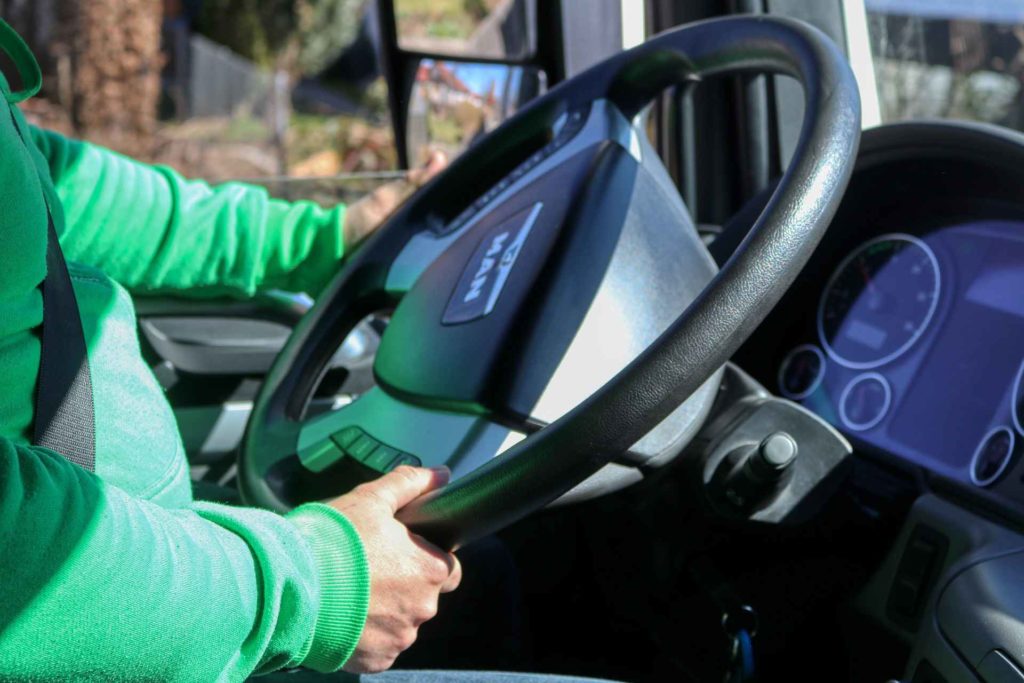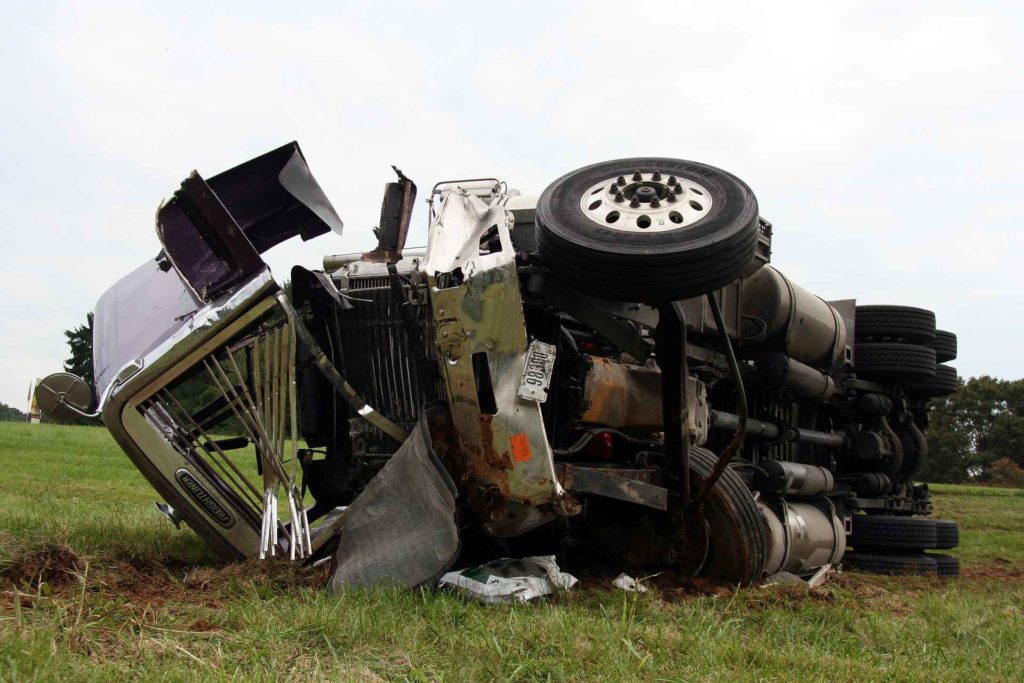In the trucking industry, bobtailing happens when a truck driver operates a semi-truck without a trailer. It can be dangerous because the design of semi trucks accounts for a trailer’s additional weight. The absence of a trailer can throw off the balance, leading to accidents.
The NHTSA, or National Highway Traffic Safety Administration, estimated fatalities for large truck-, speeding-, and DUI-related accidents. It revealed that driver fatalities increased by 12 percent from 2020 to 2021. Passenger fatalities also increased by 9 percent in the same period. These estimates show an alarming trend in road safety.
Because large vehicles like trucks tend to result in more serious accidents, drivers must undergo special training to get a license. Before a person can obtain a Commercial Driver’s License (CDL), an applicant must satisfy the high standards set for drivers of commercial motor vehicles.
It is likely a negligent event if you sustained injuries in a bobtail truck accident. You should contact a lawyer to get legal advice about protecting your rights and filing for compensation.
What is bobtailing?
The term bobtailing originated from the breed of cats with short tails. Because of the disproportionately short tail, a bobtail cat looks like a semi-trailer truck without an attached trailer.
However, some confuse the term with deadheading, which happens when a driver operates a truck with an empty trailer. In deadheading, the truck has a trailer but without any cargo.
Both instances may put drivers, pedestrians, and nearby property owners at risk, so companies must avoid those two situations as much as possible.
The Dangers of Bobtailing
The design of a semi-truck assumes it is pulling a loaded trailer, so the vehicle’s weight distribution changes significantly in a bobtail truck. In bobtailing, the front wheels have the most weight, affecting the rear wheels’ traction. Due to the uneven weight distribution, bobtail trucks are more susceptible to skidding on tight curves.
Bobtailing also reduces the truck’s braking power. The trailer’s weight gives the semi-truck more traction on the road, which can help the brakes to grip the surface more effectively. Without the trailer, the truck’s tires have less contact with the road, which can reduce the braking power.
A trailer also provides stability to the vehicle, improving its braking performance. Without the trailer, the truck may be more likely to sway or fishtail, making it harder to stop.
How To Avoid Bobtailing Accidents
Drivers can prevent bobtailing accidents by following traffic signs and rules, mainly speed limits. The Federal Motor Carrier Safety Administration (FMCSA) imposes speed limits for commercial vehicles in specific circumstances. However, it proposed a requirement for speed limiters in commercial vehicles due to rising accident rates. Formally known as electronic engine control units, they will automatically limit how fast a truck can go. The rule has yet to pass.
Until then, truckers should observe the posted speed limit insofar as it is safe to do so under the conditions. That might mean going slower in bad weather or slippery roads. The easiest way for bobtailing drivers to avoid accidents is to drive slowly generally.
Truckers should also maintain a safe following distance from other vehicles to reduce the need to engage the brakes suddenly. It puts less pressure on the brakes since driving in bobtail mode affects the braking system. They should also exercise extra caution when driving on wet or slippery surfaces.
How Driver Fatigue Could Lead to a Bobtailing Accident


Driver fatigue happens when drivers do not get enough sleep before going on the road. It is one factor that affects the performance of truck drivers. For this reason, the FMCSA imposes and enforces the hours of service (HOS) regulations for commercial vehicle drivers.
Causes of fatigued driving
A leading cause of driver fatigue is driving for extended hours without taking a break. For instance, a truck driver has operated for ten hours without a break. FMCSA rules state that truckers must take a 30-minute break after being on the road for eight hours. Failing to follow this rule often results in fatigued driving.
The time of day they need to work may also contribute to fatigue. A driver who operates a truck at three in the morning is more prone to tiredness than someone who drives during the afternoon.
Sleeping disorders or medications can also affect driver safety. For example, narcotic pain pills, antidepressants, antihistamines, and muscle relaxants may cause drowsiness.
Effects of fatigued driving
Drowsiness or fatigue can significantly affect the driver’s performance. Common effects of fatigue may include nodding off, slower reaction times, “microsleeps,” and trouble focusing.
Deadly injuries may happen when a driver experiences microsleeps, which are brief sleep episodes lasting up to 30 seconds. A trucker may lose control of the vehicle, causing it to swerve and rollover or hit another vehicle.
Possible Liable Parties in a Bobtailing Accident
Liability in a truck accident may lie with the driver, trucking company, truck owner, or all three. Determining liability for negligence, which refers to failing to exercise the standard level of care, depends on the circumstances.
For instance, if the driver fails to follow traffic rules, the victim may file a civil case against him. On the other hand, suppose the trucking company pressures the driver to meet unreasonable deadlines that lead to fatigued driving and an accident. In that case, the injured party may pursue compensation from the driver and the trucking company. Liability may also arise on the part of the truck owner if the person fails to maintain the vehicle properly.
The truck driver
Aside from breaking traffic regulations, a driver may also be held liable when driving under the influence of drugs, alcohol, or other controlled substances. It can affect the driver’s mental capacity and reaction times, causing him to drive with less professionalism than usual.
Negligent acts also include using mobile phones while driving and making illegal turns. If truckers do any of these, they can be held solely responsible for any injuries and property damage.
The trucking company
Negligent maintenance practices can leave vehicles and their drivers more vulnerable to accidents. Moreover, trucking companies may try to cut corners and disregard the vehicles’ conditions and the drivers’ safety.
Some companies also fail to ensure their drivers possess the skills to handle large vehicles and navigate challenging terrains. Your lawyer must expose these faulty practices that led to the accident.
The truck owner
Some companies do not own the trucks they use in the trucking industry. In these cases, the owner is responsible for the truck’s maintenance. Accordingly, the owner must check the different parts of the vehicle, including the braking system, tires, fluids, and electrical system.
Did you know?
Truck drivers must only drive for 11 consecutive hours. After this period, they must be off-duty for 10 straight hours, according to the Federal Motor Carrier Safety Administration (FMCSA).
Find the Right Lawyer for Your Bobtailing Accident
Bobtailing or driving a semi-truck without an attached trailer can bring deadly consequences. In a bobtail accident, the possible liable particles include the driver, trucking company, or vehicle owner. One of the factors considered in this accident is the driver’s fatigue since it affects a trucker’s reaction time.
Each incident involves different circumstances, so you need an experienced truck accident attorney to help with your case. A truck accident lawyer will explain your rights, negotiate with the
At The Personal Injury Center, we understand the challenges experienced by bobtail accident victims. We can provide you access to our network of attorneys specializing in truck accident lawsuits.
Visit our website to learn more about truck accidents and personal injury claims. You can also get a free consultation to help us find the right personal injury attorney to help you.
Have you sustained injuries in a bobtailing accident? Contact The Personal Injury Center today for educational resources and access to legal assistance.
FAQs for What is Bobtailing?
What kinds of compensation can I receive after a bobtail truck accident?
If you were involved in a bobtail truck accident, you could receive economic, non-economic, and punitive damages. Economic damages include payment for medical bills, rehabilitation expenses, and car repair or replacement costs. Non-economic damages refer to compensation for emotional distress, inconvenience, and pain and suffering. Punitive damages seek to warn other people from engaging in the same reckless behavior that led to the accident.
Why do drivers bobtail?
Usually, a trucker will bobtail on the way to pick up cargo or to prepare the heavy trailers for their shift the next day.
What is bobtail insurance, and should truckers get it?
Bobtail insurance is a type of liability insurance that covers a semi-truck without a trailer and is a must-have for truckers. It provides liability coverage for the truck and physical damage coverage for the truck itself. Property damage is typically included in liability coverage, so bobtail insurance covers the damage caused by the truck. However, it is essential to check the specific terms of your insurance policy to be sure.



